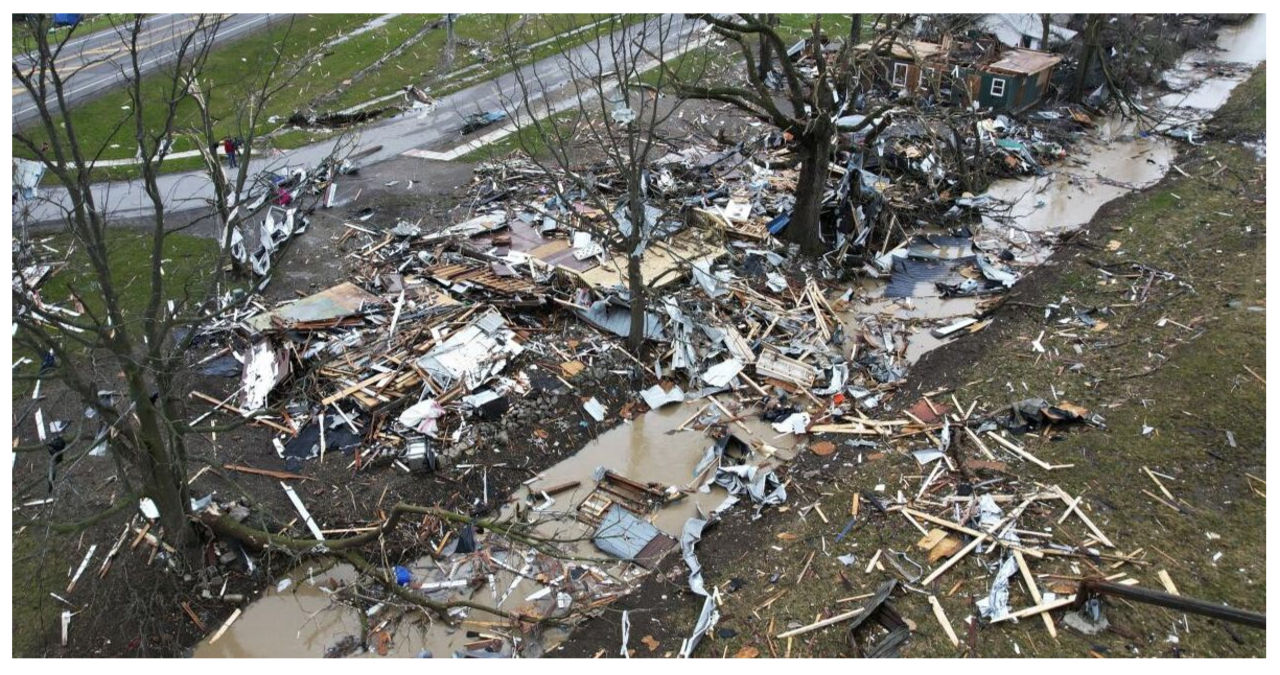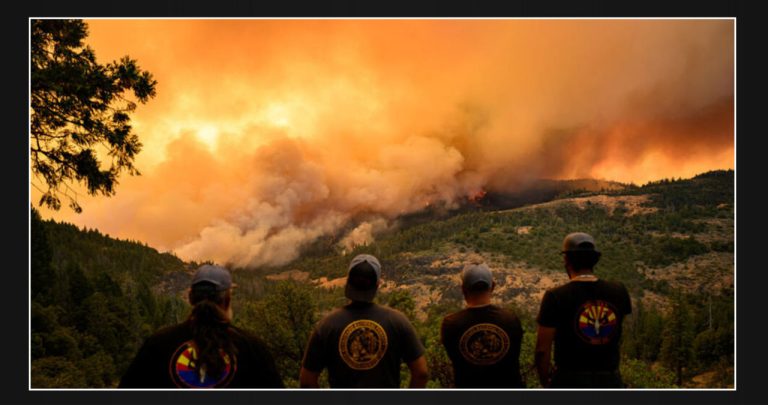Tornado experts have attributed the recent outbreak of deadly tornadoes and destructive gorilla hail in the Midwest to the unusually warm temperatures experienced this winter. The record warmth provided the necessary conditions for these severe weather events to occur, impacting parts of the Midwest on Wednesday and Thursday.
Thursday’s tornado outbreak in Ohio, Kentucky, Indiana, and Arkansas claimed the lives of at least three individuals. Surprisingly, this occurrence took place earlier than expected, typically associated with the months of May or April. However, meteorologists attribute this early outbreak to the exceptionally hot winter experienced worldwide, as recorded in both national and global weather records. It is worth noting that the preceding day witnessed Kansas being pummeled by large hail.
Northern Illinois University meteorology professor, Victor Gensini, explains that for severe storms to occur this far north during this time of year, warm weather is a crucial factor.
TORNADO RECIPE
According to Gensini and Harold Brooks, scientists from the National Severe Storms Laboratory, two essential elements are required for tornadoes and storms with large hail to develop: wind shear and instability.
Wind shear occurs during the winter and spring seasons due to the varying directions and speeds of winds as they ascend in altitude. According to Gensini, this phenomenon is a result of the typical temperature differences observed across the country.
But typically, this time of year lacks the instability that characterizes summer – that delightful, warm, and humid air close to the ground, according to Gensini and Brooks.
During the winter and early spring, the flow of Arctic air pushes the warm, moist air southward into the Gulf of Mexico. This phenomenon leaves behind a stable and dry cool air mass, as explained by Matt Elliott, the warning coordination meteorologist for the National Oceanic and Atmospheric Administration. The presence of this cool and stable air prevents the formation of tornadoes and large hail.
But this year was different. According to the meteorologists, there was only one genuine Arctic blast, and it occurred two months ago.
“When the temperatures are higher than usual, we tend to experience an increase in warm tornadoes during the winter season,” explained Brooks. “It’s not necessarily a cause-and-effect relationship; it could be that both phenomena are occurring due to the same underlying factor.”
STORMY MIDWEST
Last year, he vividly recalls experiencing severe weather, but he finds it surprising that this year it has occurred so early.
He emphasized that the current situation is the worst it has ever been.
In the past five weeks, there have been five tornado or large outbreaks in the Midwest or Great Lakes area, according to Gensini. He finds this to be unusual. The unusual events include Wisconsin experiencing its first-ever February tornado on Feb. 8, with 32 tornadoes occurring on Feb. 27, one of which came within a quarter-mile of Gensini’s house. On March 4, there was large hail and a tornado near the Illinois-Iowa border. On March 13, there was gorilla hail measuring 4 inches, along with some tornadoes. Lastly, on March 14, there were tornadoes that resulted in the death of at least 3 people in Ohio and affected other areas across the Midwest.
According to Gensini, tornado activity during this time of year is typically more prevalent in the South. However, he notes that the current situation is occurring farther north than what is typically expected.
According to NOAA’s Elliott, it might be a bit premature, but this is typically the time of year when severe storms begin to increase in intensity in the Midwest. However, their peak usually occurs in May.
According to Elliott, what occurred this week is a common occurrence during the spring season.
According to NOAA’s Storm Prediction Center, the number of tornadoes and tornado fatalities this year is slightly below normal. Prior to Thursday, only two people had been killed by tornadoes, which is significantly lower than the average of twelve deaths before March 14 over the past fifteen years.



